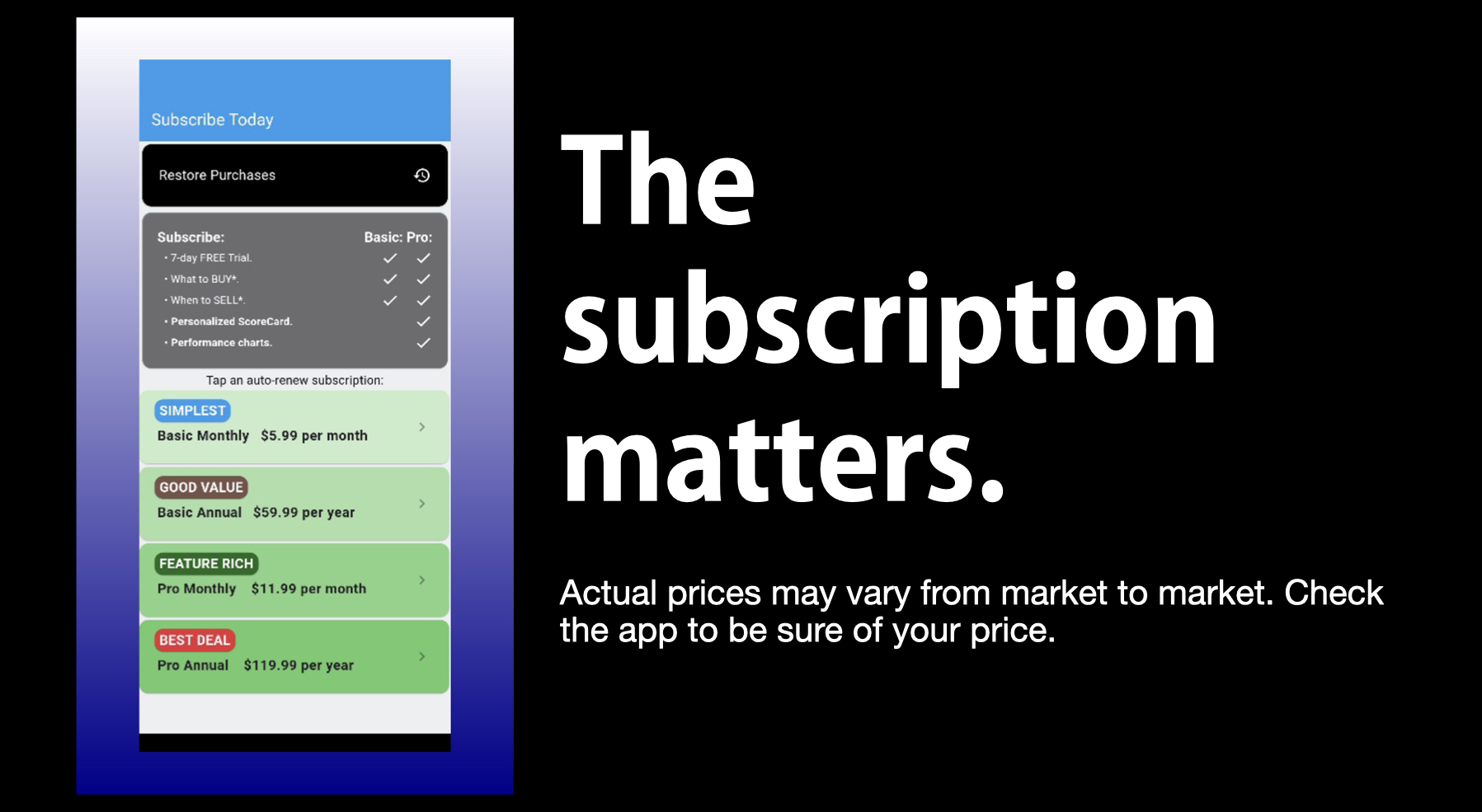 Starting as a Fidelity Investments home worker initiative, the company BlueNote Networks, founded in 2005 has made a lot of progress in proving its technology and gaining customer confidence in VoIP in [[Services Oriented Architecture]] environments.
Starting as a Fidelity Investments home worker initiative, the company BlueNote Networks, founded in 2005 has made a lot of progress in proving its technology and gaining customer confidence in VoIP in [[Services Oriented Architecture]] environments.
I had a pre-VoiceCon briefing with Sally Bament, VP of Marketing and Product Management at BlueNote. Sally reminded me that BlueNote is not a PBX, but that they can extend the applications of legacy PBXs (digital or IP PBXs) through interfaces into their standard API control planes, and through the SessionSuite's Web Services implementation integrate communications into new kinds of business workflows.
Leading applications:
- SeaPort Hotel in Boston uses BlueNote to enable a click to call kiosk platform in select hotel rooms. Users browse through advertised restaurants or the like, click on the one they want to make a reservation at, and the SessionSuite server initiates a 2-stage call, where stage 1 is to have the Nortel Meridian call the guest, and then call the target advertiser, binding the two legs of the call in the process.
- At Concordia University, the SessionSuite server interfaces with the Cisco CallManager implementation to enable PC softphone clients and click-to-call integration with the campus' CallManager and CallManager-supported desktop phones for the IT Help Desk support of the university's student population.
- Airline notification and rebooking application. Here, it's not enough to tell passengers that the flight has been canceled, but for flight recovery purposes, the passenger must be offered options to rebook the flight. These could be presented to users in an automated SMS, telephone or email exchange.
Another of the applications that we spoke about was the find me follow me service.
For example, a SessionSuite implementation could integrate with the IP PBX and the enterprise IM and calendaring application, to route the incoming call appropriately while you are unavailable (in a meeting). Call details could be IM'd to your PC asking for call handling decisions, or after an exhausted forwarding sequence, could play a message to the caller saying that you're currently in a meeting, but would be available after the meeting end in 12 minutes. Shall I have her call you at that time? What number?
The emerging SOA PBX product category, to survive and prosper, must address applications and solve problems that successive generations of IP PBX and unified communications applications haven't solved, and for architectural reasons – can't solve economically. Using the analogous IP PBX vs digital PBX comparisons of a decade ago, the SOA PBX product category must adapt and extend the applications of its predecessor technology. For example, IP PBXs eliminated the geographic limitations of digital PBXs and simplified classic telephony operational specializations, set the stage for Power over Ethernet, QoS and Encryption in voice over Wi-Fi, and paved the way for the application-level integration potential of unified communications.
This process is not always swift or pleasant. Remember that today, the most popular integration points of UC are around SIP, which was not the popular signaling protocol for IP PBXs a decade ago, and that we had to use power bricks with IP Phones before PoE (yuck)…









